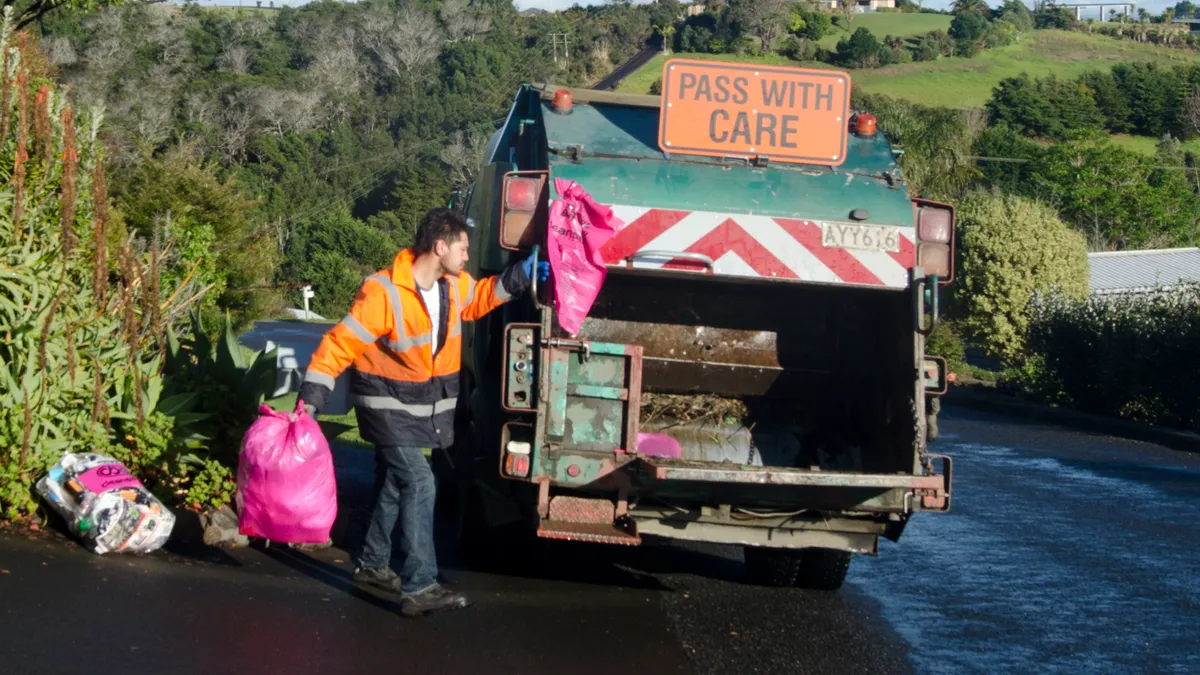Dive Brief:
- The Occupational Safety and Health Administration (OSHA) recently announced it will launch a new electronic form called the Injury Tracking Application (ITA) on August 1 to allow submissions of injury and illness data from employers' 2016 Form 300A.
- The ITA page currently has information on submission guidelines, implementation dates and frequently asked questions about the process. The original submission deadline for this form was July 1, but it was recently extended to December 1. These submissions will have to be separate from data sent to the Bureau of Labor Statistics (BLS).
- The new reporting rule will officially take effect in January 2018 and be phased in over a two-year period. Companies with more than 250 employees, and companies with 20-249 employees, will be required to submit different amounts of information during this period over a series of dates. Starting in 2019, all companies will be required to submit their information by March 2.
Dive Insight:
Like many rules that originated with the Obama administration, this one has seen a slight delay while the new administration reassesses and ensures businesses have enough time to comply. The proposal has seen pushback in the construction industry, including a lawsuit from the National Association of Home Builders, over questions about proprietary information potentially being revealed. Companies have also said this public data wouldn't show the full story of their response and follow-up for each injury or illness incident.
The waste and recycling industry is among multiple sectors specifically targeted for this rule due to "historically high" injury and illness rates. While the new requirements for companies with 20-249 employees would affect many small or mid-size haulers, this hasn't attracted as much industry attention as some other Obama-era rules.
“A very limited number of SWANA members have inquired about it, and I have advised that OSHA may lack the funding resources to review the submissions carefully, let alone use them as the basis for enforcement action," SWANA CEO David Biderman told Waste Dive via email.
Whether or not this newly required OSHA data ends up playing a major role in the process, numerous industry groups and companies continue to make safety a high priority. The latest BLS data confirms a trend of waste collection being one of the most dangerous occupations in the country.














